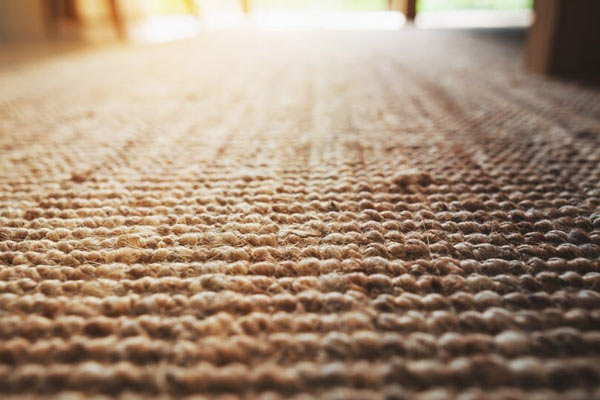Stain-resistant carpets serve as a vital element in modern interior design, blending aesthetics with functionality. These carpets are engineered to resist stains, making them ideal for high-traffic areas in both residential and commercial spaces. Commonly used in homes, offices, and public facilities, stain-resistant carpets enhance the visual appeal while alleviating concerns associated with spills and stains, thus revolutionizing everyday living and working environments.

Contents
Definition of Stain-Resistant Carpet
Stain-resistant carpet is a type of flooring made from various fibers that have been treated to resist staining agents. This treatment typically involves applying a special chemical coating that repels liquids and prevents stains from setting in. General characteristics of these carpets include their durability, ease of cleaning, and availability in a multitude of colors and patterns, ensuring they can match any decor style.
History and Origin
The concept of stain-resistant carpets dates back to the mid-20th century, as manufacturers sought to create more practical flooring solutions for consumers. Originally, carpets were made from natural fibers that were prone to staining. The introduction of synthetic fibers like nylon and polyester marked a significant turning point in the carpet industry. Over time, technological advancements have led to more effective stain-resistant treatments, including the development of carpets engineered with built-in stain resistance, further enhancing their appeal and market presence.
Types of Stain-Resistant Carpet
There are several categories of stain-resistant carpets, each designed for specific uses and settings:
Wool Carpets
Wool carpets are naturally stain-resistant due to the lanolin found in wool fibers. This makes them a popular choice for homeowners seeking organic options. However, they usually require more maintenance compared to synthetic varieties.
Synthetic Fiber Carpets
Synthetic fiber carpets, such as those made from nylon, polyester, and olefin, are engineered for stain resistance and durability. They are often more affordable and easier to clean, making them suitable for households with children and pets.
Area Rugs
Area rugs, which can come in both synthetic and natural fibers, often feature stain-resistant properties to cater to different living spaces. They provide an opportunity to add texture and color while protecting underlying floors.
Decorative Carpets
Designed primarily for aesthetic appeal, decorative carpets may also include stain-resistant treatments, enhancing their practicality without compromising style.
Uses and Benefits
Stain-resistant carpets are extensively used across various settings. In residential homes, they are ideal for living rooms, dining areas, and bedrooms, where spills and accidents can occur. In commercial spaces, these carpets maintain professional appearances despite high foot traffic and potential stains.
Among the benefits, they save time and effort in cleaning, promote longer lifespan with minimal discoloration, and offer peace of mind to homeowners, as they can enjoy their space without the constant worry of stains.
How to Choose and Use Stain-Resistant Carpet
When selecting stain-resistant carpet, consider the following factors:
Fiber Type
Determine which type of fiber suits your lifestyle — synthetic fibers tend to be more resistant and easier to maintain compared to natural fibers.
Pile Height
Choose a pile height that balances comfort with practicality; lower pile carpets are easier to clean, while high pile options may feel softer underfoot.
Color and Pattern
Select colors and patterns that disguise potential stains while still fitting within your design aesthetic.
Best Practices for Usage:
- Place mats or rugs in high-traffic areas.
- Use coasters and protective coverings on furniture to avoid wear.
- Consider professional installation for optimal results.
Maintenance and Cleaning
To extend the lifespan of your stain-resistant carpet, consistent maintenance is essential. Effective strategies include:
Regular Vacuuming
Frequent vacuuming removes dirt and debris, preventing them from settling into the fibers.
Spot Cleaning
Immediate spot cleaning with appropriate cleaning solutions can prevent stains from setting in. Always blot, never rub, to avoid spreading the stain.
Professional Cleaning
Consider professional carpet cleaning every 12-18 months to maintain appearance and hygiene.
Conclusion
In summary, stain-resistant carpets represent a significant advancement in flooring technology, providing beauty, functionality, and ease of maintenance for various settings. Their diverse types and usages cater to different needs and preferences, making them a valuable investment in enhancing both residential and commercial spaces. Understanding the characteristics, types, and maintenance of stain-resistant carpets can help homeowners and businesses effectively utilize this innovative flooring solution.`
